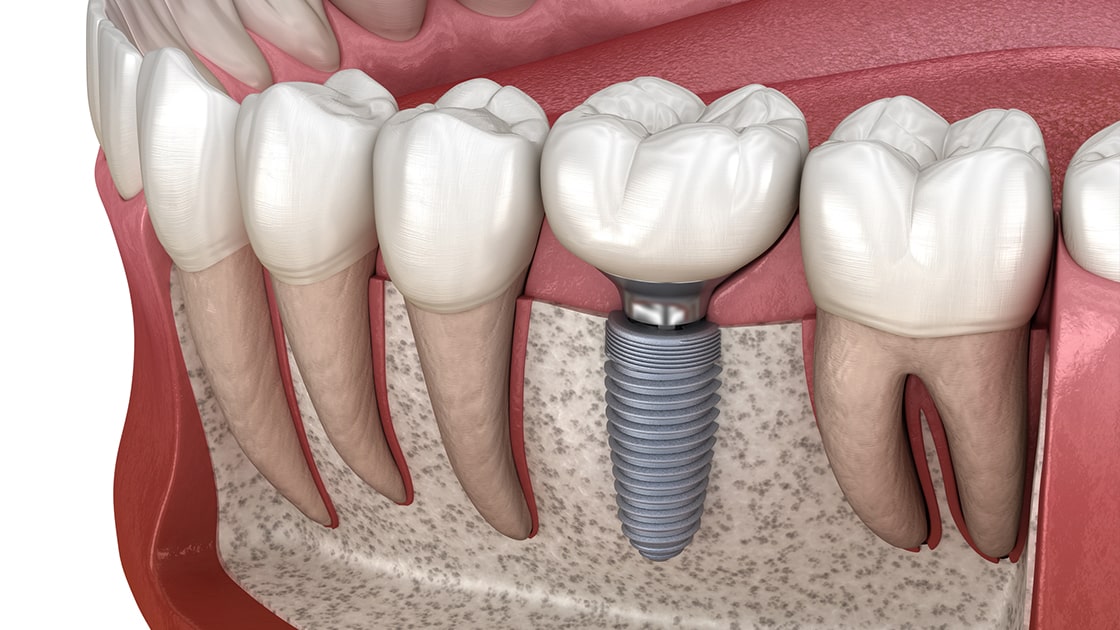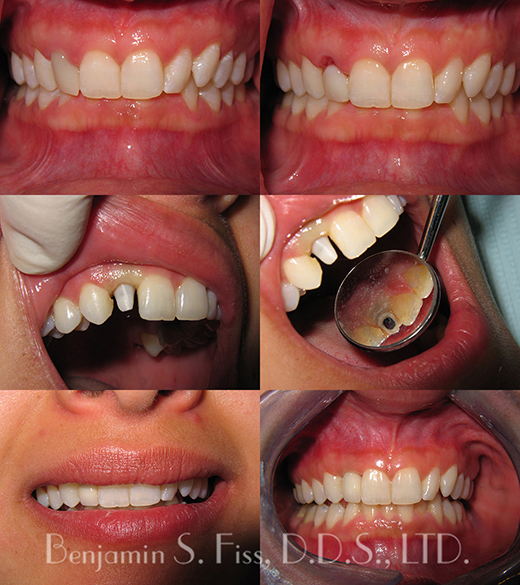Dental Tooth Implant Grand Rapids MI - What are dental Implants? Types, procedures, and more
Dental Tooth Implant Grand Rapids MI - What are dental Implants? Types, procedures, and more
Blog Article
Dental Implant Grand Rapids MI - Dental Implants - Benefits, Types, Cost
The journey toward dental implants begins with a thorough evaluation of the jawbone's condition. When there is insufficient bone density to help an implant, bone grafting becomes he has a good point an important process to recreate a secure foundation. Understanding how a lot bone grafting is needed for dental implants significantly influences the go now treatment plan, timeline, and total success rate.
The amount of bone grafting required is dependent upon a number of components, including the extent of bone loss, the implant's measurement, and the specific location inside the mouth. In cases of serious bone loss because of periodontal illnesses, trauma, or extended tooth loss, more intensive grafting may be essential. Conversely, if the bone loss is minimal, a smaller graft may suffice.
Dental Tooth Implant Muskegon Heights MI - Dental Implants Tooth Replacement
The evaluation process sometimes includes imaging studies such as X-rays or 3D scans, permitting the dental skilled to visualize the bone structure (Implants Dental Procedure Muskegon MI). These images assist in determining the quality and amount of present bone. If the bone is deemed inadequate, the dentist will then outline the appropriate grafting procedures
Grafting can be sourced from varied areas. Autografts, which involve harvesting bone from the affected person's own physique, are often deemed the gold commonplace. These supply excellent integration with the present bone but come with the downside of additional surgery. Other options embody allografts, which use donor bone, and synthetic materials designed to imitate natural bone. Each option has its personal implications on therapeutic and success rates.
After figuring out the necessary amount of bone grafting, the dental professional will create a tailor-made plan for the patient. This plan could embrace the timing of bone grafting in relation to the implant placement. In some cases, a graft could be carried out simultaneously with the implant surgery. Alternatively, in more sophisticated scenarios, a separate therapeutic period is indicated.
Healing timelines differ based mostly on the individual's health, the extent of grafting, and the sort of graft used. Generally, the healing of a bone graft takes a quantity of months earlier than an implant can be positioned. During this time, bone regeneration occurs, resulting in a stable base for the implant.
Implants Dental Procedure Grand Haven MI - Dental Implants - Benefits, Types, Cost
Patients often wonder about the risks related to bone grafting. While problems similar to infection or graft failure are potential, these events are relatively rare. Adhering to post-operative care instructions and attending follow-up appointments decrease risks and promote healing.
Once the bone has adequately healed, the dentist assesses the graft's success by evaluating the bone density and stability. If every thing appears favorable, the subsequent steps toward placing the dental implant can start. The success of this subsequent step largely hinges on the quality of the bone graft and its integration with the encircling bone.
Cost concerns play an necessary function within the decision-making process. The expense of bone grafting varies based on materials used, the complexity of the case, and geographic location. It is essential for patients to debate funds upfront to keep away from sudden bills later in the remedy.
Dental Implant And Bridges Muskegon MI - Dental Implants for Multiple Missing Teeth
Also, patients ought to have sensible expectations relating to the timeline and outcomes. Many components can influence how much bone grafting is required and its overall effectiveness. A collaborative strategy involving the affected person and the dental team not solely ensures readability but in addition enhances the possibilities of a successful consequence.

Maintaining good oral hygiene and regular dental visits following the process is important. These practices can prevent complications and make sure that both the graft and the implant remain secure over time. The ongoing relationship with a dental professional is crucial, particularly in the months following the procedures.
In conclusion, understanding how a lot bone grafting is required for dental implants encompasses a multi-faceted approach that considers bone quality, grafting types, therapeutic time, and total patient health. The stability between reaching the desired aesthetic and useful outcomes whereas minimizing risks and complications is on the heart of dental implant procedures. The journey may be intensive, but a well-planned strategy maximizes the chances for a successful, long-lasting end in restorative dental work.
- Determining the quantity of bone grafting required for dental implants often hinges on the initial bone density and quantity of the affected person's jawbone.
- Each affected person's case is exclusive; factors similar to previous extractions, periodontal disease, or trauma can affect the need for grafting.
- A 3D imaging scan is often conducted to assess the exact dimensions of the obtainable bone and inform the grafting strategy.
- The sort of dental implant placement—immediate or delayed—may dictate the quantity of bone grafting essential for stability and integration.
- Different types of graft materials, similar to autografts, allografts, or artificial choices, can impression how much grafting material is needed.
- Assessing the affected person's total health, age, and lifestyle habits can affect the healing course of, influencing graft quantity necessities.
- The depth and placement of the implant can necessitate various quantities of graft materials to safe optimum outcomes.
- Successful integration of the dental implant often depends on adequate bone density, resulting in a tailor-made grafting strategy for every particular person.
- Consultation with an oral surgeon will present a clearer estimate of the bone grafting needed based mostly on comprehensive evaluations and imaging outcomes.
- Post-grafting therapeutic time varies; thus, a cautious analysis is crucial to discover out the ultimate quantity of grafting required for profitable implantation.undefinedHow a lot bone grafting is required for dental implants?
Dental Implants Whole Mouth Holland MI - Dental Implants: Surgery, Purpose & Benefits
What is bone grafting and why is it necessary for dental implants?undefinedBone grafting is a surgical process that adds bone or bone-like materials to the jawbone. It is important for dental implants when the present bone is insufficient to assist the implant, ensuring stability and long-term success.
How do I know if I want a bone graft for dental implants?undefinedYour dentist or oral surgeon will consider your jawbone via x-rays or 3D imaging to determine its density and quantity. If they discover that you simply lack adequate bone, they will suggest a bone graft before proceeding with the dental implant.
Dental Tooth Implant Walker MI - Multiple Tooth Dental Implants
What factors influence the amount of bone grafting needed?undefinedFactors include the size and site of the implant website, the health and density of present bone, and particular person therapeutic capability (Dental Implant And Bridges Muskegon Heights MI). These elements help the dentist decide the suitable quantity of graft material wanted
Are there several sorts of bone grafts used for dental implants?undefinedYes, there are a quantity of varieties, including autografts (from your personal body), allografts (from a donor), xenografts (from animals), and synthetic graft materials. Each kind has distinctive benefits and can be chosen primarily based on particular person affected person needs.
Dental Implants And Dentures Jenison MI - What are dental Implants?
How long does the bone grafting process take?undefinedThe length varies based on the complexity of the grafting course of and the extent of the realm handled. Generally, a bone grafting procedure can take anywhere from half-hour to a couple hours, depending on the specific circumstances.
What is the recovery time after a bone graft for implants?undefinedRecovery instances can differ, however typically, initial therapeutic would possibly take a few weeks, while complete integration of the graft with the bone can take several months. Your dentist will present a personalised timeline primarily based in your scenario.

Will I expertise pain after the bone grafting procedure?undefinedSome discomfort is common after a bone graft, but it's usually manageable with prescribed pain medicine. Most sufferers report that pain diminishes considerably inside a number of days.
Dental Implant Walker MI - Dental Implants Advantages
How does bone grafting have an result on the overall dental implant timeline?undefinedBone grafting might extend the general timeline for receiving dental implants, because it requires a therapeutic period before implants may be positioned. This can add several months to the method however is important for a successful implant placement.

Are there risks related to bone grafting for dental implants?undefinedLike any surgical procedure, bone grafting carries some risks, similar to infection, graft failure, or complications related to anesthesia. However, when carried out by an skilled skilled, these risks are usually low.
Can I even have dental implants placed instantly after a bone graft?undefinedIn many circumstances, dental implants can't be placed immediately after a bone graft because of the want for the graft to combine into the prevailing bone. However, some techniques, like immediate loading, could permit for this under specific conditions. Your supplier will advise you on the most suitable choice primarily based on your circumstances.
Report this page